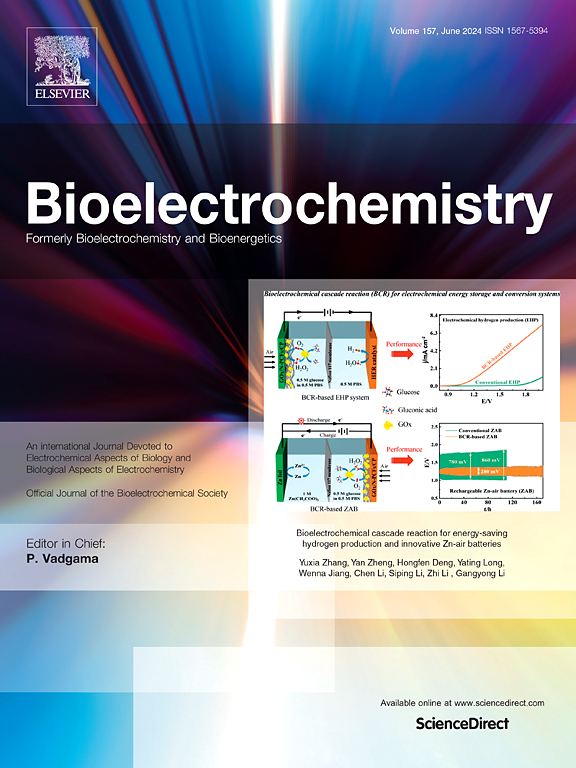Mechanisms of childhood trauma: an integrative review of a multimodal, transdiagnostic pathway
IF 3.6
2区 医学
Q1 NEUROSCIENCES
引用次数: 0
Abstract
Childhood trauma (CT), conceptualized as emotional, physical or sexual abuse or emotional or physical neglect before the age of 18, is a risk factor for the emergence and poorer course of many mental and somatic disorders. The mechanisms underlying the impact of CT range from (neuro)biological changes (e.g., epigenetics, hypothalamic–pituitary–adrenal axis, and brain structure/function) to psychosocial mechanisms (e.g., personality, attachment, emotion regulation, and coping), and behavioral factors (e.g., smoking and exercise). Given the interrelatedness of mechanisms, there is a need for research that integrates the effects of CT across modalities. We aim to integrate (neuro)biological, psychosocial and behavioral mechanisms of CT in health and across mental and somatic disorders. The multimodal impact of CT requires more recognition in research and clinical practice and should be considered independent of current health status and diagnostic categories. Additionally, research should incorporate the impact of (daily life) stress to provide a more comprehensive understanding of the impact of CT. These recommendations may improve understanding, treatment and eventually prevention of CT-related health problems.
儿童创伤的机制:多模式、跨诊断途径的综合回顾
儿童创伤(CT)的概念是18岁之前的情感、身体或性虐待或情感或身体忽视,是许多精神和身体疾病出现和恶化的一个风险因素。CT影响的潜在机制包括从(神经)生物学变化(如表观遗传学、下丘脑-垂体-肾上腺轴和大脑结构/功能)到社会心理机制(如个性、依恋、情绪调节和应对)和行为因素(如吸烟和锻炼)。鉴于机制的相互关联性,有必要研究整合CT跨模式的影响。我们的目标是整合(神经)生物学,社会心理和行为机制的CT在健康和跨精神和躯体疾病。CT的多模式影响需要在研究和临床实践中得到更多的认可,并且应该独立于当前的健康状况和诊断类别。此外,研究应纳入(日常生活)压力的影响,以便更全面地了解CT的影响。这些建议可能会提高对ct相关健康问题的理解、治疗和最终预防。
本文章由计算机程序翻译,如有差异,请以英文原文为准。
求助全文
约1分钟内获得全文
求助全文
来源期刊

Neurobiology of Stress
Biochemistry, Genetics and Molecular Biology-Biochemistry
CiteScore
9.40
自引率
4.00%
发文量
74
审稿时长
48 days
期刊介绍:
Neurobiology of Stress is a multidisciplinary journal for the publication of original research and review articles on basic, translational and clinical research into stress and related disorders. It will focus on the impact of stress on the brain from cellular to behavioral functions and stress-related neuropsychiatric disorders (such as depression, trauma and anxiety). The translation of basic research findings into real-world applications will be a key aim of the journal.
Basic, translational and clinical research on the following topics as they relate to stress will be covered:
Molecular substrates and cell signaling,
Genetics and epigenetics,
Stress circuitry,
Structural and physiological plasticity,
Developmental Aspects,
Laboratory models of stress,
Neuroinflammation and pathology,
Memory and Cognition,
Motivational Processes,
Fear and Anxiety,
Stress-related neuropsychiatric disorders (including depression, PTSD, substance abuse),
Neuropsychopharmacology.
 求助内容:
求助内容: 应助结果提醒方式:
应助结果提醒方式:


